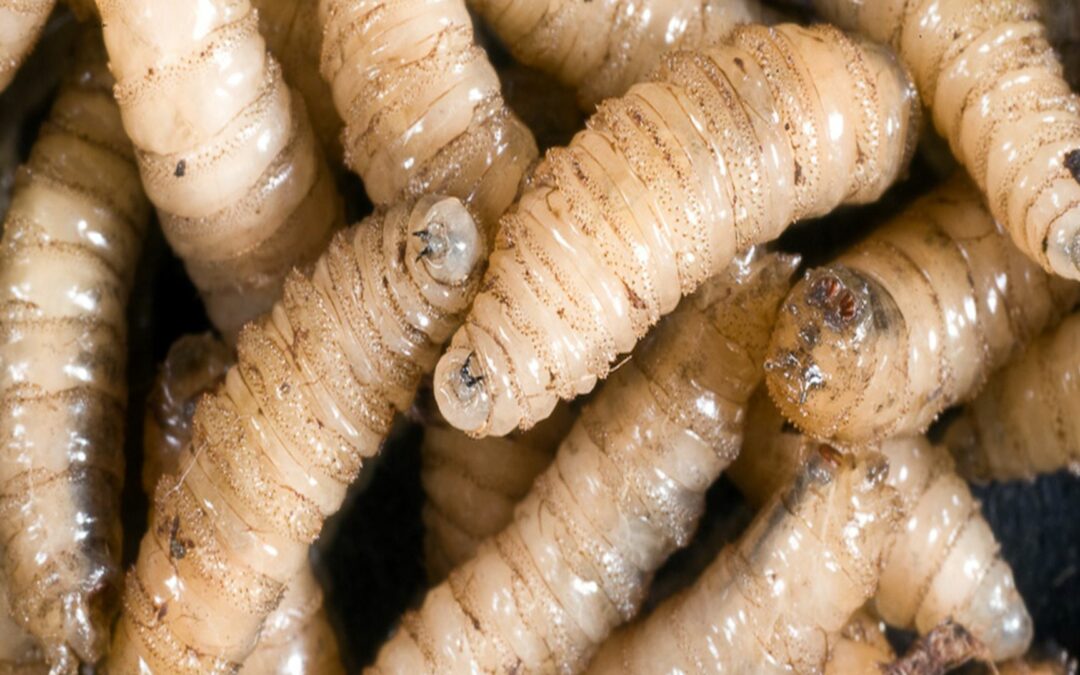The main global animal health issues currently worrying producers are the New World screwworm, bluetongue, avian influenza, and foot-and-mouth disease. The recent suspension of live cattle imports to the United States from Mexico due to the detection of the screwworm highlights the importance of constant animal health monitoring.
In this complex industry, livestock farmers face hundreds of tasks and completions every day: feeding, grazing, transportation, breeding, etc. However, none are as bothersome or damaging as pests. They infect and harm the animal’s life, as well as the farmer’s work. The problem for Latin America and the Caribbean is that one of the most serious and lethal pests, the screwworm, is endemic. The Agronecios website reported that a significant increase in cases was reported in 2024, especially in countries such as Panama, Costa Rica, Nicaragua, Honduras, and Guatemala, where more than 40,000 animals were affected.
How does the screwworm attack?
Although there are many, this is one of the most worrisome. It primarily affects cattle, although it can also infect other mammals, including humans. Transmission occurs through the fly Cochliomyia hominivorax, which lands on open wounds and lays eggs that later become larvae. These grow over time and feed on living tissue. If not controlled promptly, this disease is fatal for the carrier.
How to identify screwworm in cattle?
It is important to be able to identify the symptoms in your animals, and if you observe them, contact your veterinarian immediately. These include:
- Fever
- Depression
- Loss of appetite
- Decreased milk production and weight gain
Wounds caused by the larvae are usually large and oozing. They also smell quite unpleasant due to rotting meat. If the infection is severe, you will see the larvae emerging from the wound.
What does the screwworm cause in humans?
So far this year, two cases of screwworm myiasis have been reported. These occurred in Chiapas, Mexico. The first was a 77-year-old woman and the second was a 50-year-old man who had been bitten by a dog. Their lives were saved thanks to early detection of the disease.
The disease spreads in the same way as in cattle and has the same symptoms: depression, fever, and loss of appetite. Some recommendations you can take to prevent infection are:
- Maintain good wound hygiene: Always clean and disinfect your wounds with antiseptic. It’s also a good idea to consult a pharmacy or a health expert before applying the product.
- Report cases: If you have contact with or witness an animal with infected or mistreated wounds, it’s a good idea to notify the appropriate agency in your region.
- If you experience symptoms, seek medical advice: If you believe you are infected, seek medical advice as soon as possible.

